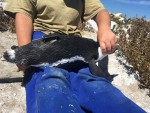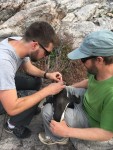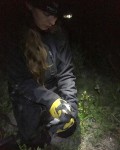Showcasing Action for AEWA Priority Species: African Penguin
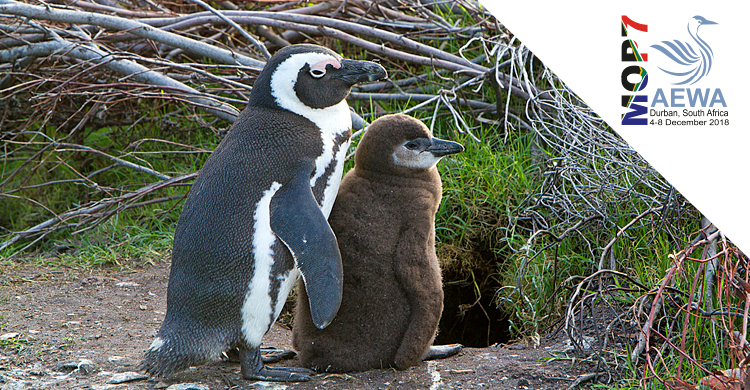
African Penguins (Spheniscus demersus) © Sylvain Cordier
Article submitted by Mr. Andrew de Blocq, Coastal Seabird Conservation Project Officer, BirdLife South Africa
African Penguin Conservation: Far from Black and White
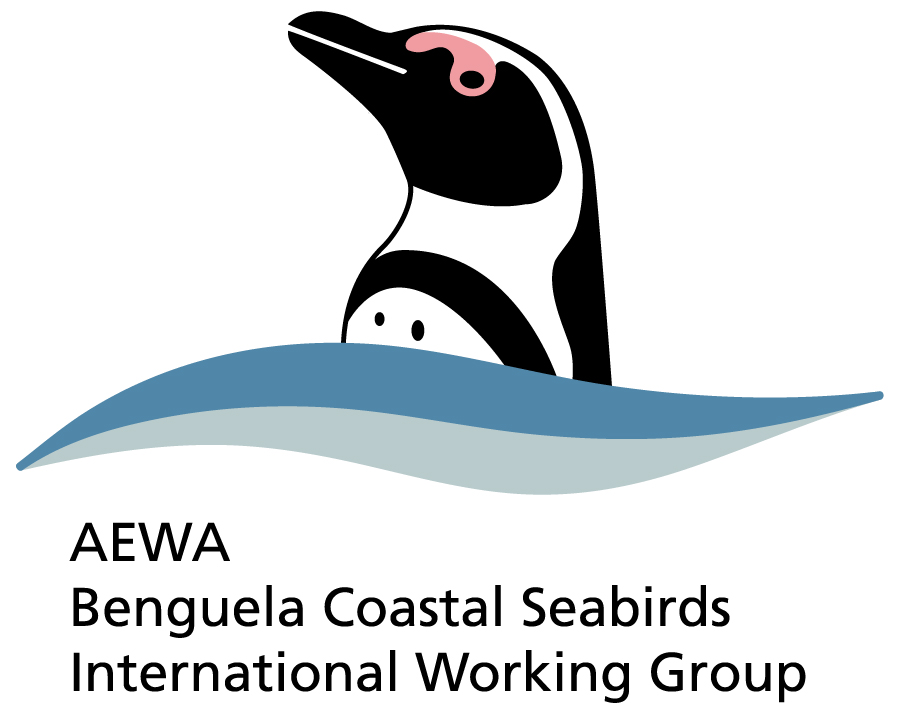 Bonn, 4 December 2018 - The African Penguin (Spheniscus demersus) is the only penguin found on the African continent, and is therefore also the only one listed on AEWA. Historical estimates in 1900 for the species’ population ranged from 0.5 – 1 million breeding pairs, but by the year 2000 only 50,000 pairs remained. The latest census of the South African population in 2018 has revealed a further decline to fewer than 16,000 pairs. Approximately 5,000 pairs persist in Namibia.
Bonn, 4 December 2018 - The African Penguin (Spheniscus demersus) is the only penguin found on the African continent, and is therefore also the only one listed on AEWA. Historical estimates in 1900 for the species’ population ranged from 0.5 – 1 million breeding pairs, but by the year 2000 only 50,000 pairs remained. The latest census of the South African population in 2018 has revealed a further decline to fewer than 16,000 pairs. Approximately 5,000 pairs persist in Namibia..jpg)
Further Information
AEWA International Species Action and Management Plans are one of most vital and practical tools under the Agreement for the conservation and sustainable use of those migratory waterbirds which have been prioritized for coordinated international action. Following extensive and inclusive consultations these Plans are adopted by the Meeting of the Parties and represent the quintessence of AEWA: cooperation across borders for a common defined goal. AEWA International Species Working and Expert groups are subsequently convened by the Secretariat to coordinate and facilitate Action and Management Plan implementation.
The dedicated implementation of International Species Plans often has far-reaching consequences beyond the immediate benefits for the main target species. This includes but is not limited to the restoration and sustainable management of critical sites and wider landscapes, increasing capacity-building and awareness-raising, diminishing illegal killing and ensuring that any use of migratory waterbirds is sustainable as well as providing alternative livelihoods. For more information on how you can support the implementation of AEWA International Species Plans, please contact the UNEP/AEWA Secretariat (Ms. Nina Mikander) or visit the CMS Family Migratory Species Champion Programme website.
Dernière mise à jour le 05 December 2018



